Difference between PNG and JPG
Key difference: PNG stands for Portable Network Graphics. It was created as an improved and non-patented replacement for Graphics Interchange Format (GIF). JPG is the file format for a JPEG image. JPEG is the most commonly used format for photographs. It is specifically good for color photographs or for images with many blends or gradients.
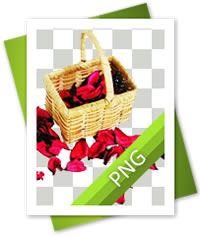 There are many different file formats available. Obviously, some are better used for some certain effects or reasons. But which is used for which? PNG and JPG are two such formats. As they are both image formats, they do have certain similarities. However, they do differ in the manner that they are stored and are used.
There are many different file formats available. Obviously, some are better used for some certain effects or reasons. But which is used for which? PNG and JPG are two such formats. As they are both image formats, they do have certain similarities. However, they do differ in the manner that they are stored and are used.
PNG is a raster graphics file format, essentially a bitmap image. The term bitmap essentially means a map of bits or specifically a ‘spatially mapped array of bits’. The term bitmap is rooted in computer programming terminology. A bitmap images uses different colored pixels, which are arranged in a manner to display an image. Examples of bitmap images include .png, .psd, .jpg, .gif, .tif, or .bmp.
PNG stands for Portable Network Graphics. It was created as an improved and non-patented replacement for Graphics Interchange Format (GIF). The PNG file format was published as an ISO/IEC standard in 2004. Hence, it is a generally and widely accepted format. A PNG file uses a file extension of .png or .PNG.
The PNG format was designed specifically for transferring images on the Internet. PNG supports palette-based images of 24-bit RGB or 32-bit RGBA colors, grayscale images, and full-color non-palette-based RGB images. It does not however support non-RGB color spaces such as CMYK. Hence it cannot be effectively used for professional-quality print graphics.
Unlike some other file formats, such as JPEG, PNG is a lossless data compression. This means that all the data on the image is stored when the image is compressed, i.e. there is no change in resolution. However, this also means that a same image will end up taking more data space as a PNG file than say a JPEG image. The PNG file would still take up less space than a PSD file, as a PSD contains more data as compared to a PNG file.
Furthermore, PNG supports image transparency, whereas many other types of formats do not. Transparency in image allows an image to be moved or copied onto any other background image.
JPG is another type of bitmap image. JPG stands for JPEG, which is turn stands for Joint Photographic Expert Group. The file name for a JPEG image is .jpg or .jpeg. JPEG is the most commonly used format for photographs. It is specifically good for color photographs or for images with many blends or gradients. However, it is not the best with sharp edges and might lead to a little blurring. This is mainly because JPEG is a method of lossy compression for digital photography.
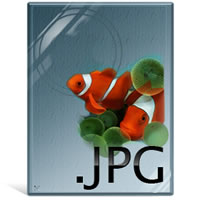 This means that while saving the image in a JPEG format, there is a slight loss of quality due to compression. Hence, JPEG is not the greatest format in case one needs to keep making numerous edits and re-saves to the image. As with each re-save there a slight loss of quality due to compression. Still, if one only makes a few edits and the image is saved in a high quality format, the slight loss of quality due to compression is mainly negligible.
This means that while saving the image in a JPEG format, there is a slight loss of quality due to compression. Hence, JPEG is not the greatest format in case one needs to keep making numerous edits and re-saves to the image. As with each re-save there a slight loss of quality due to compression. Still, if one only makes a few edits and the image is saved in a high quality format, the slight loss of quality due to compression is mainly negligible.
An advantage to using the JPEG format is that due to compression, a JPEG image will take up a few MB of data. Due to the popularity of JPG, it is also accepted in most if not in all programs.
The JPEG is quite popular for web hosting of images, for amateur and average photographers, digital cameras, etc. This is mainly due to the fact that high quality images can be saved using less space.
The lossless compression formats, such as BMP, are popular for illustrations, drawings, text and other material that would not look good when compressed, especially with lossy compression. In illustrations and drawings, the images need to be edited and re-saved quite a number of times. The images compressed with the lossy compression will loose their clarity and crispness. This is not an issue for lossless compression formats such as BMP or PNG. However, as BMP is some simple without many options available for the image, other lossless formats such as PNG or even TIFF are preferred over simple bitmap.
Image Courtesy: iconarchive.com





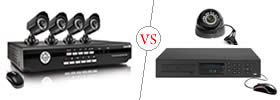
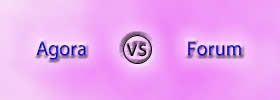

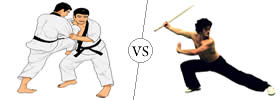
Add new comment